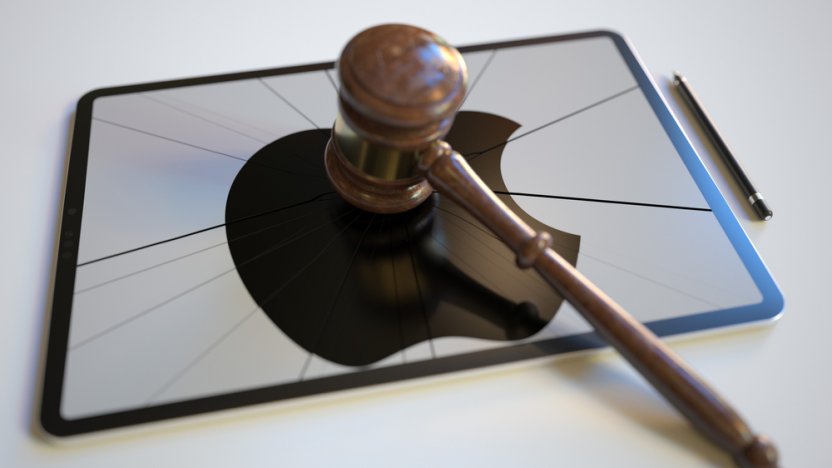Think Different: Think proof of trademark use!

On 8 June, the European Court of First Instance ruled on a dispute that has been ticking over between two famous companies for more than five years: the Californian Apple Inc and the Swiss watchmaker Swatch AG. Carole Roger examines the implications.
In 1997, Apple launched its emblematic advertising campaign Think Different (used until 2002) featuring, in black and white, celebrities such as: Albert Einstein, Bob Dylan, Martin Luther King, John Lennon, Muhammad Ali, Maria Callas, Pablo Picasso, Mahatma Gandhi, and many others (see the video here: Apple - Think Different - Full Version).
This slogan was the subject of three European Union trademark applications in class 9 in 1997 (No. 671321), 1998 (No. 845461) and 2005 (No. 4415063). In October 2016, Swatch filed three applications for revocation, with Swatch exploiting its own "Tick Different" advertising campaign. The two parties have since been locked in a dispute over several countries (Portugal, Czech Republic, Israel, Albania, Moldova, Switzerland, Iceland and Romania).
Trademark rights: Establishing genuine use
In defence of the revocation action, Apple filed various evidences of use, such as:
- A witness statement from its legal director giving the history, details of the advertising campaign launch, awards received for the campaign, advertising expenditure, sales figures from 1994 to 2016. This statement was accompanied by undated photographs, labels on the packaging of an iMac;
- An article from the website macrumors.com as well as various magazine articles: Forbes 2012-2015, The Telegraph (2012) and Time (2015) relating to Apple;
- Various articles dated from 1998 to 2011 about the marketing campaign itself (Wall Street Journal, Forbes, Advertising Age);
- Awards and photos from the book 1998: The Year of Thinking Different;
- Numerous other articles published between 1997 and 2016 on the advertising campaign, plus parodies, including the Broadway musical ‘Nerds, A Musical Dot-Comedy’; and
- Dated annual reports (2009, 2010, 2013, 2015)
In August 2018, the Cancellation Division of the EUIPO declared the lapse of the three trademarks, and the appeals filed by Apple were rejected in the second instance. Apple tried again before the EU Court, but without any more success.
The European Court ruling: The question of evidence
Firstly, the European Court of First Instance rejected the new evidence provided in its ruling of 8 June, as its objective is to review the legality of the decisions rendered by the Boards of Appeal, and not to examine new elements – even if these are provided with the aim of re-examining the circumstances of the case (cf. Judgement of 27 February 2018 Graberg v EUIPO).
It then re-examined the evidence to ensure that it had been correctly assessed for the period concerned by the revocation (five years preceding the application for revocation, i.e. from 14 October 2011 to 13 October 2016).
The European Court ruling: Assessing genuine use
As the Court noted, assessments of genuine use must be made based on an overall assessment considering all the factors of the case, and must be demonstrated in a concrete and objective way. In its assessment, it noted the following points:
- Relevant public and the photographs/labels provided: While it is acknowledged that the level of attention of the consumers concerned with this type of product is high, the labels provided showed the brand name in one place, on an insignificant space on the packaging, next to the barcode and after lengthy technical specifications. Even this type of consumer does not examine the packaging in such detail, so these elements could not establish genuine use because of their size and location. Therefore, the Court of First Instance did not consider this to be trademark use.
- Sales figures of computers in the EU: The statement of Apple's legal director, who is not an independent person, is logically considered less reliable than an independent third party. This statement alone is therefore not sufficient and needs to be corroborated by other evidence. This was found not to be the case here, as the announced sales figures only contain information on worldwide net sales of iMac computers without a breakdown for the EU.
- Use in combination with another Macintosh or Mac trademark: Although this type of combined use can in theory be accepted, it is a case-by-case assessment, and subject to the condition that the mark that is combined continues to be perceived as an indication of the origin of the product. Here, Think Different appeared in a smaller size than Macintosh in the same format.
- Press articles mentioning the success of the advertising campaign at the time of its launch: These elements predate the period to be taken into consideration by more than 10 years. They are therefore also not sufficient.
Past notoriety cannot come to the rescue of a trademark that is no longer used. It is up to each trademark owner to not only exploit their trademark, but also to ensure use over time, in a regular and adequate manner if they are to safeguard their rights from revocation actions. Not only that, but they must be able to supply acceptable proof of this use when such actions arise.
For advice on how to do this, read our article ‘Trademark tips: Preparing evidence of use’, speak to your Novagraaf attorney or contact us below.
Carole Roger is a Trademark Attorney at Novagraaf in France.